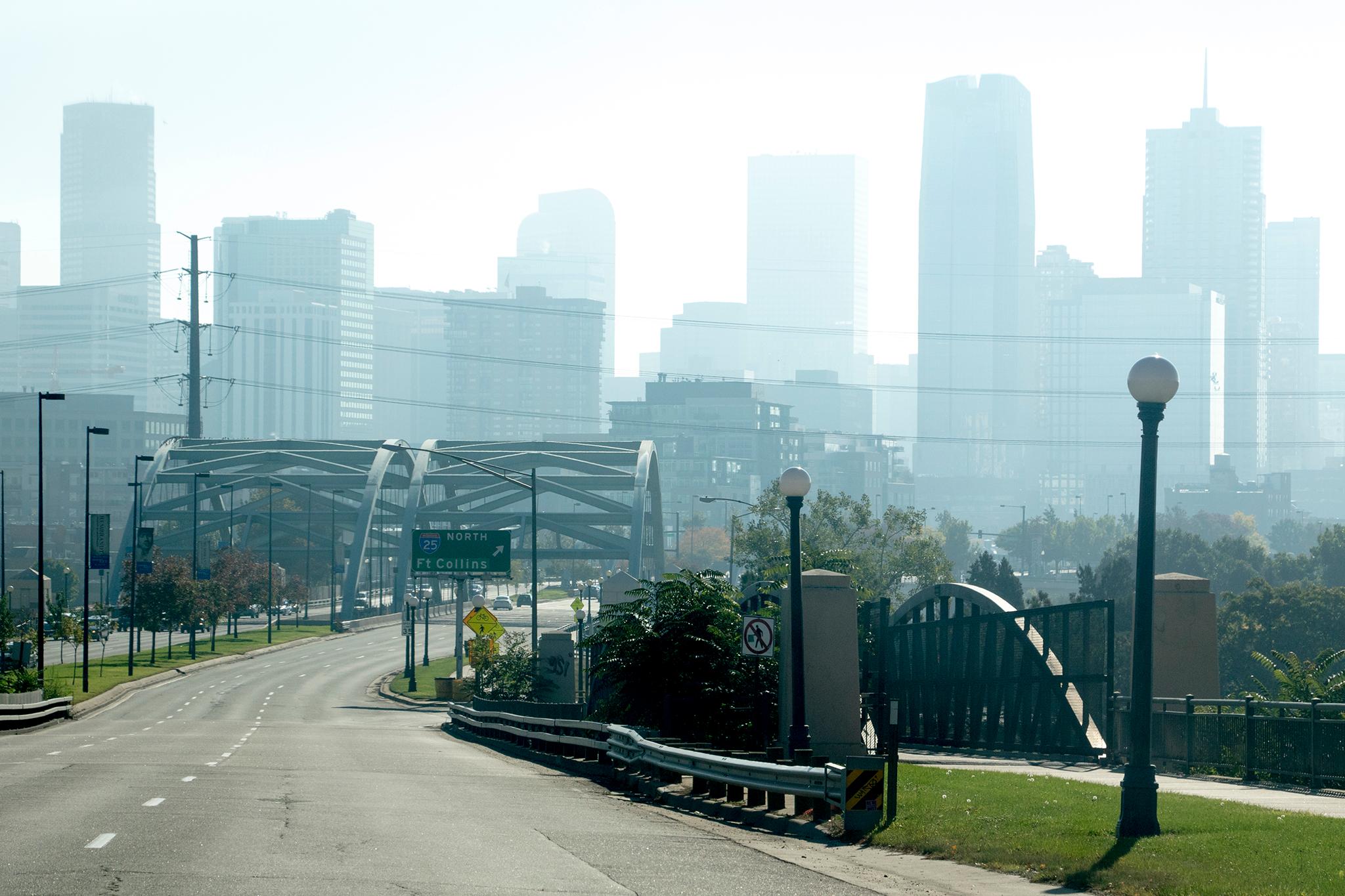
Air quality, wildfires and building codes: Here are the climate bills headed to Gov. Jared Polis’s desk
And the bills that didn’t get passed.

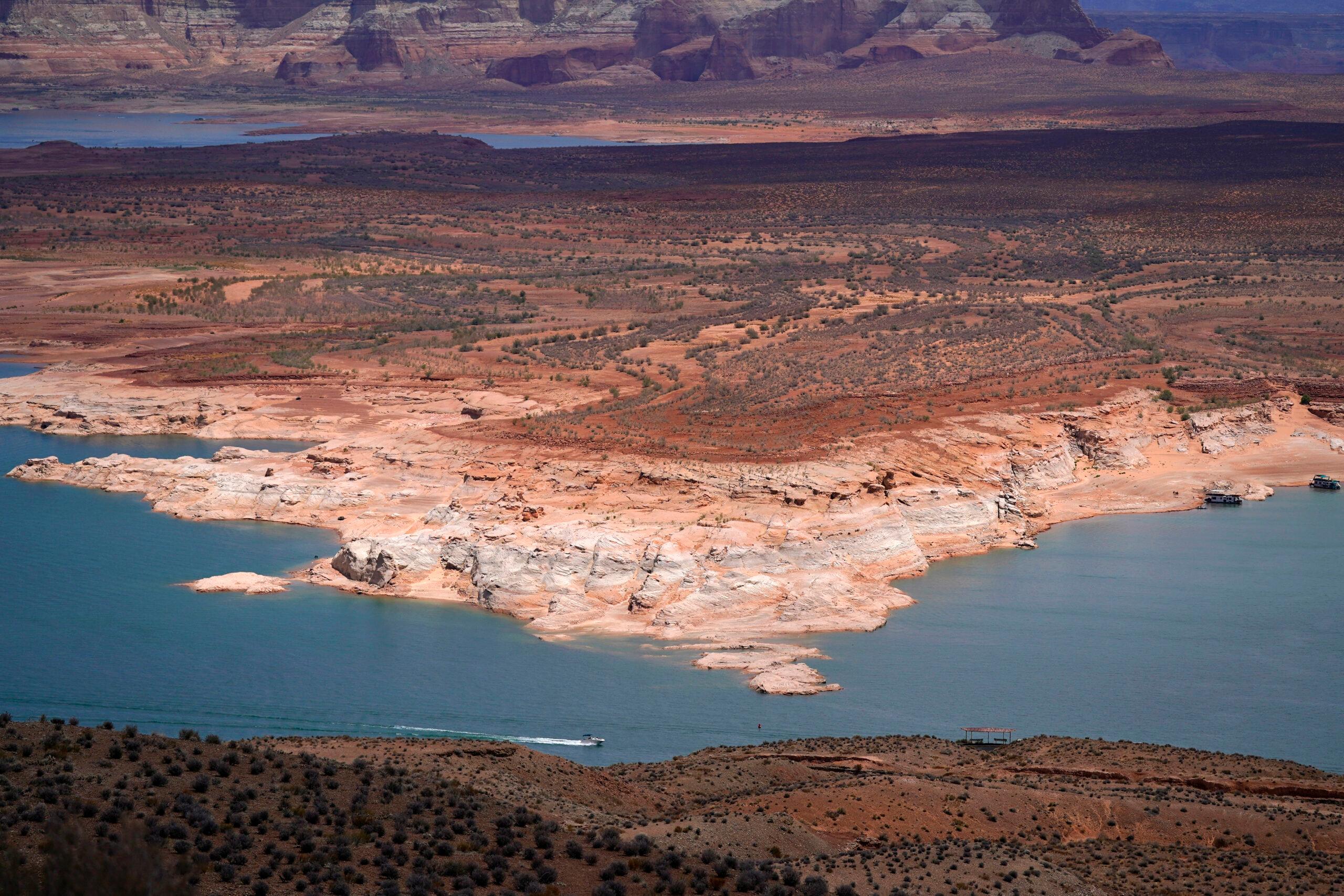
The Colorado River needs a big moisture boost. Runoff forecasts suggest it won’t come from spring snowmelt
Lake Powell is expected to only get 60 percent of the water that usually flows into the reservoir during the season.
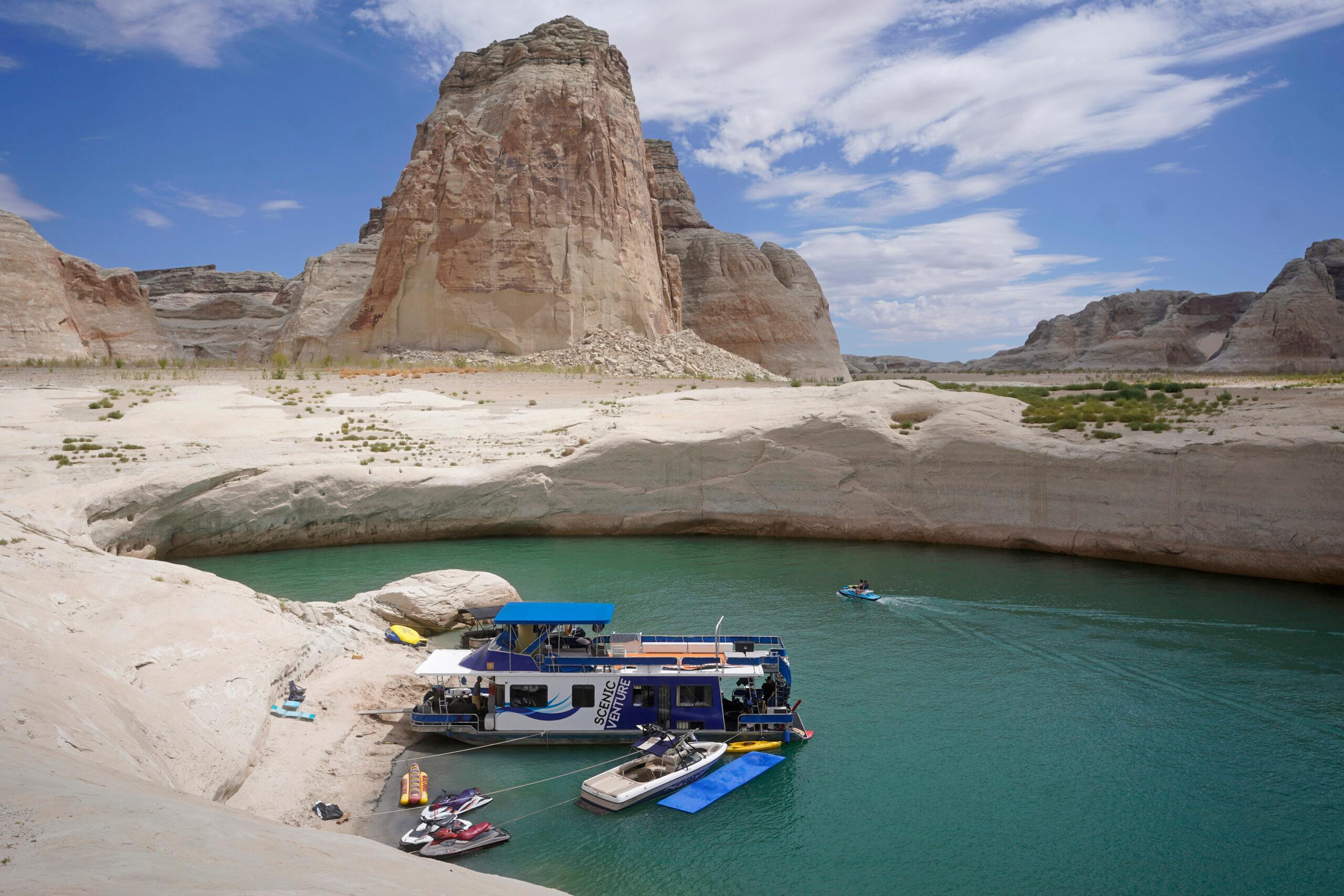
The federal government will make the unprecedented move to hold back water in drought-stricken Lake Powell
An extra million acre-feet of water will be kept in Lake Powell to prop it up, protect hydropower production and buy time for additional action in the Colorado River basin.

Parks and Wildlife employee seeks justice after director’s ‘back of the bus’ remark
Alease “Aloe” Lee, the agency’s statewide partnership coordinator, says the director should be fired
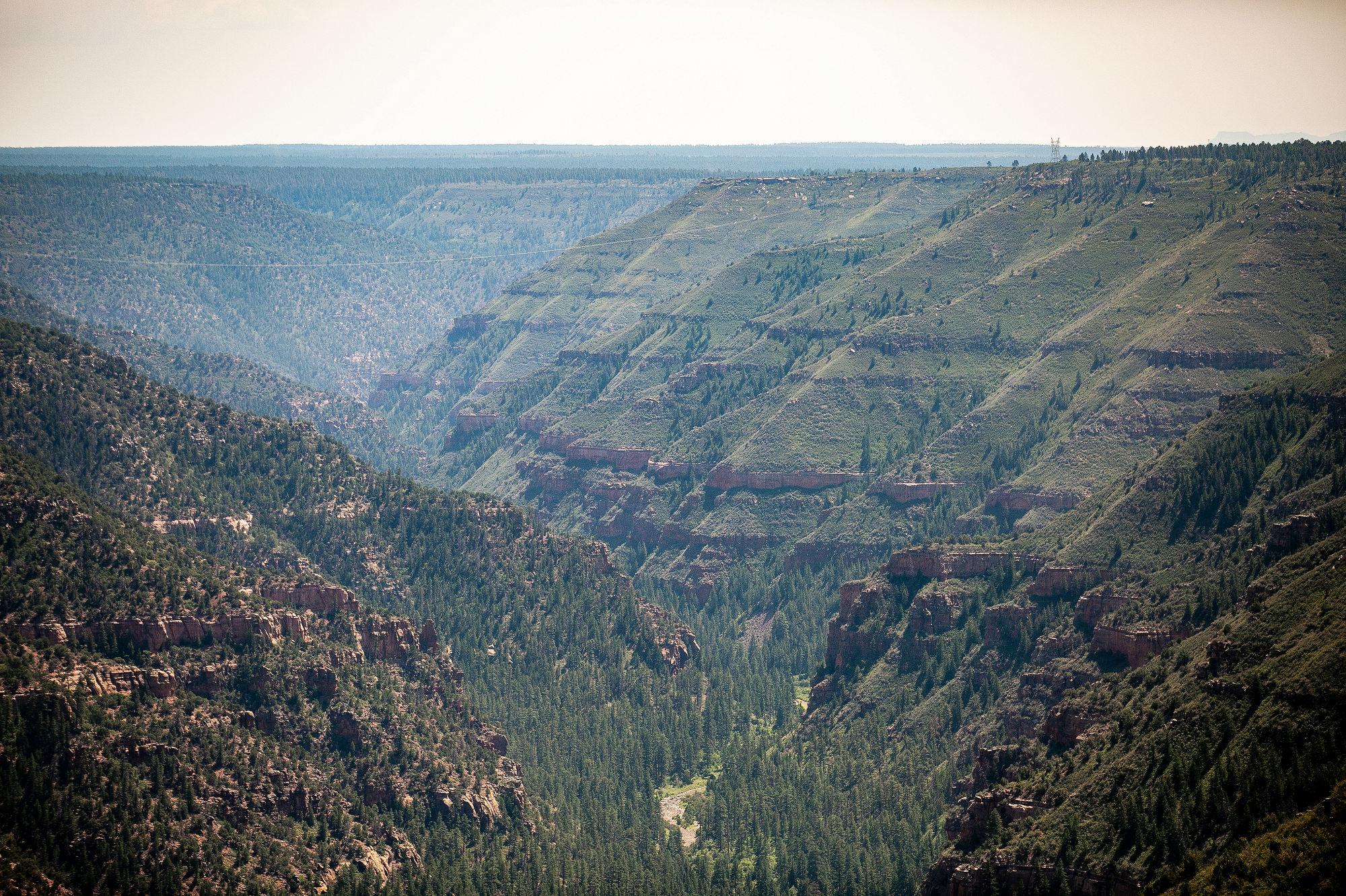
Biden administration resumes oil and gas leases on public lands, but significantly cuts back where that can happen in Colorado
The U.S. Bureau of Land Management approved less than 5 percent of the federal acres that had originally been nominated for drilling in Colorado.
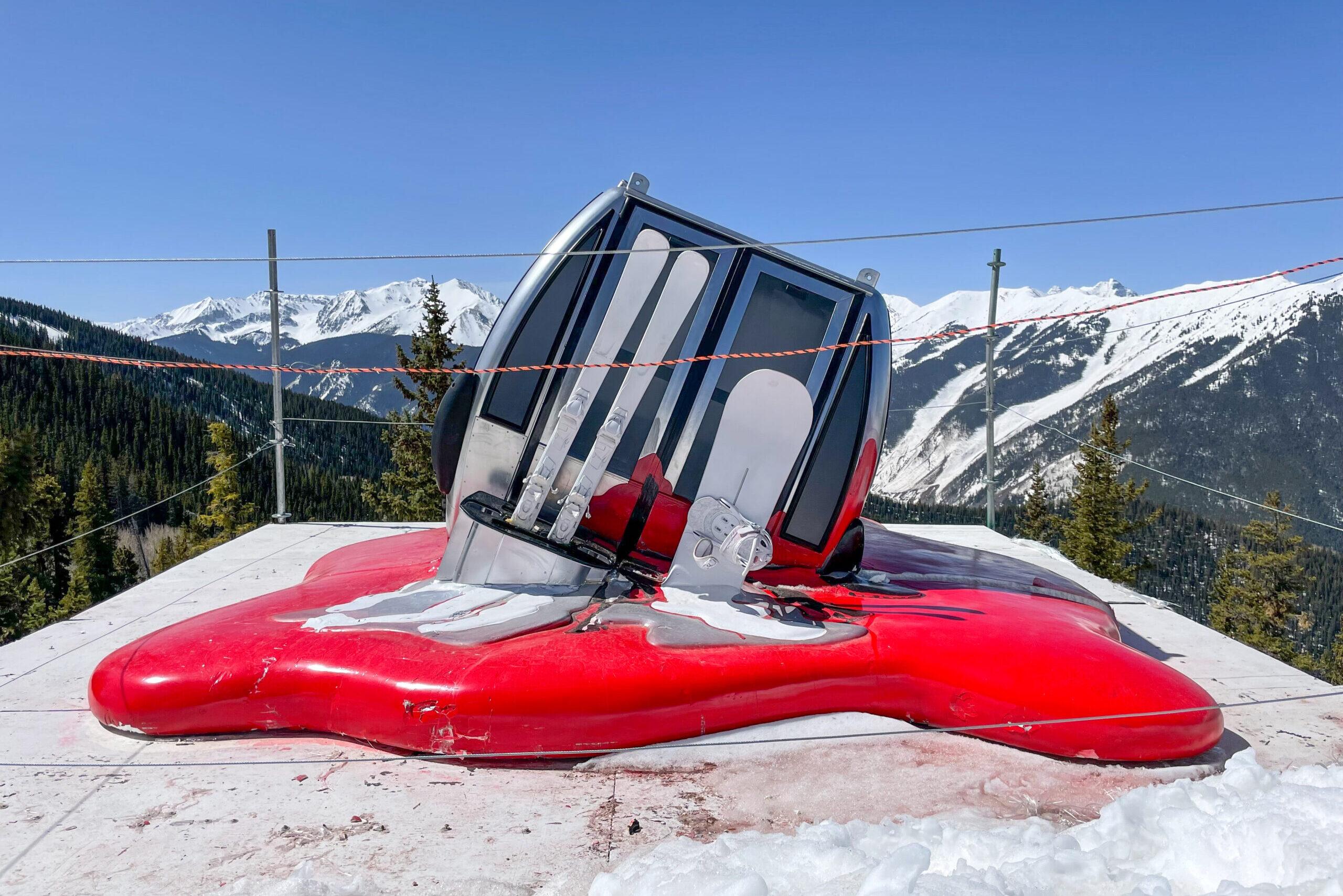
There’s a melting gondola at the top of Aspen Mountain. The artist hopes it will remind skiers about the threat of climate change
Artist Chris Erickson’s “Melting Gondola” sculpture aims to draw attention to how climate change is affecting the ski industry and mountain communities.

Colorado River named the most endangered in the U.S. by conservation group
The report highlights the threat climate change and outdated water management pose to the millions of people who rely on the Colorado River.
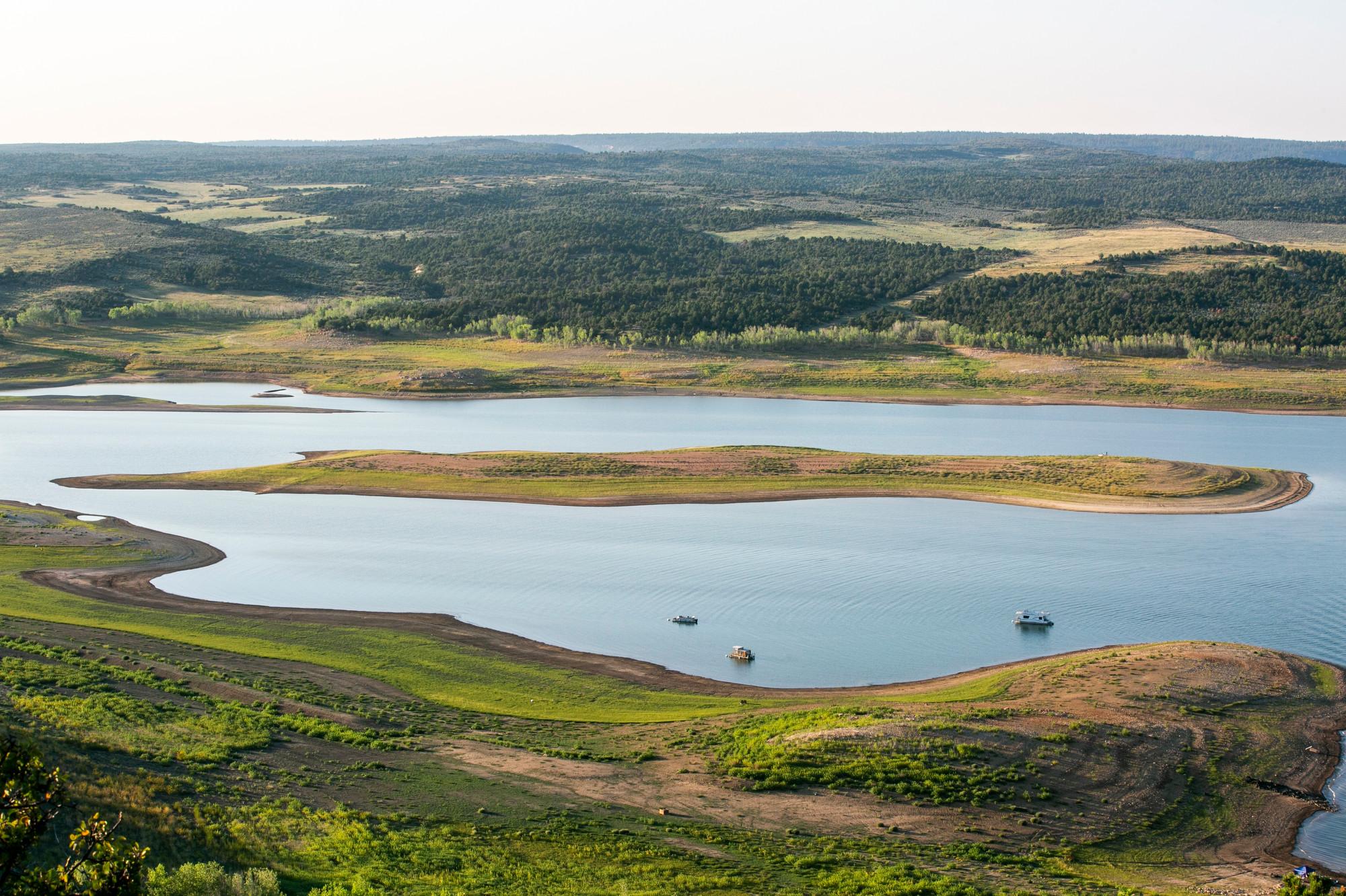
Colorado’s snowpack is starting to melt. Warmer temperatures and drought likely mean another year of struggling water supplies
Federal data has forecasted statewide streamflow to be 86 percent of average for the 2022 season.
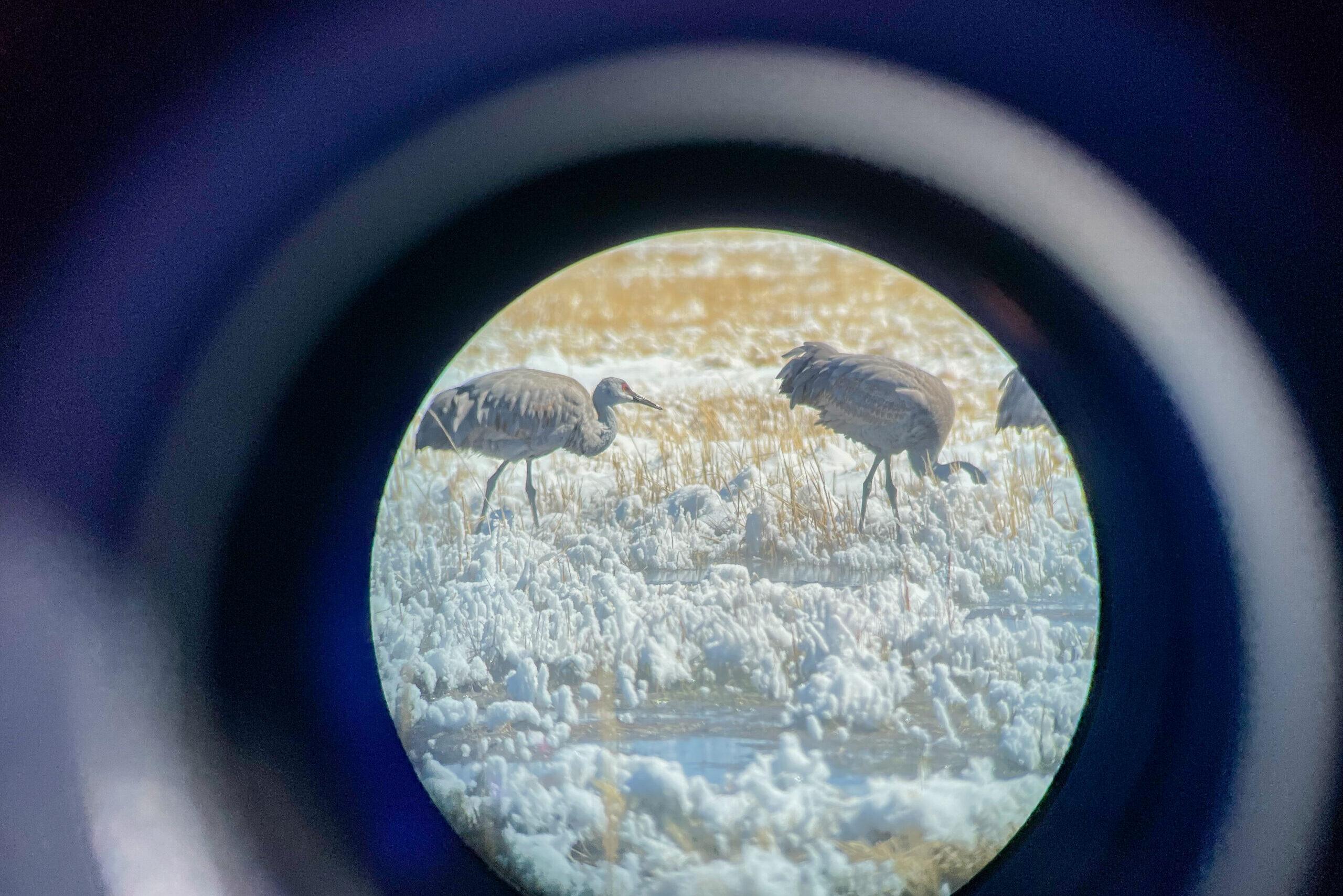
Douglas County wants to buy and pump in water from San Luis Valley farmers and ranchers. But the region has its own share of water woes
Communities in the San Luis Valley worry how pumping water out could impact ranchers and farmers, as well as the wetlands that migratory sandhill cranes visit.
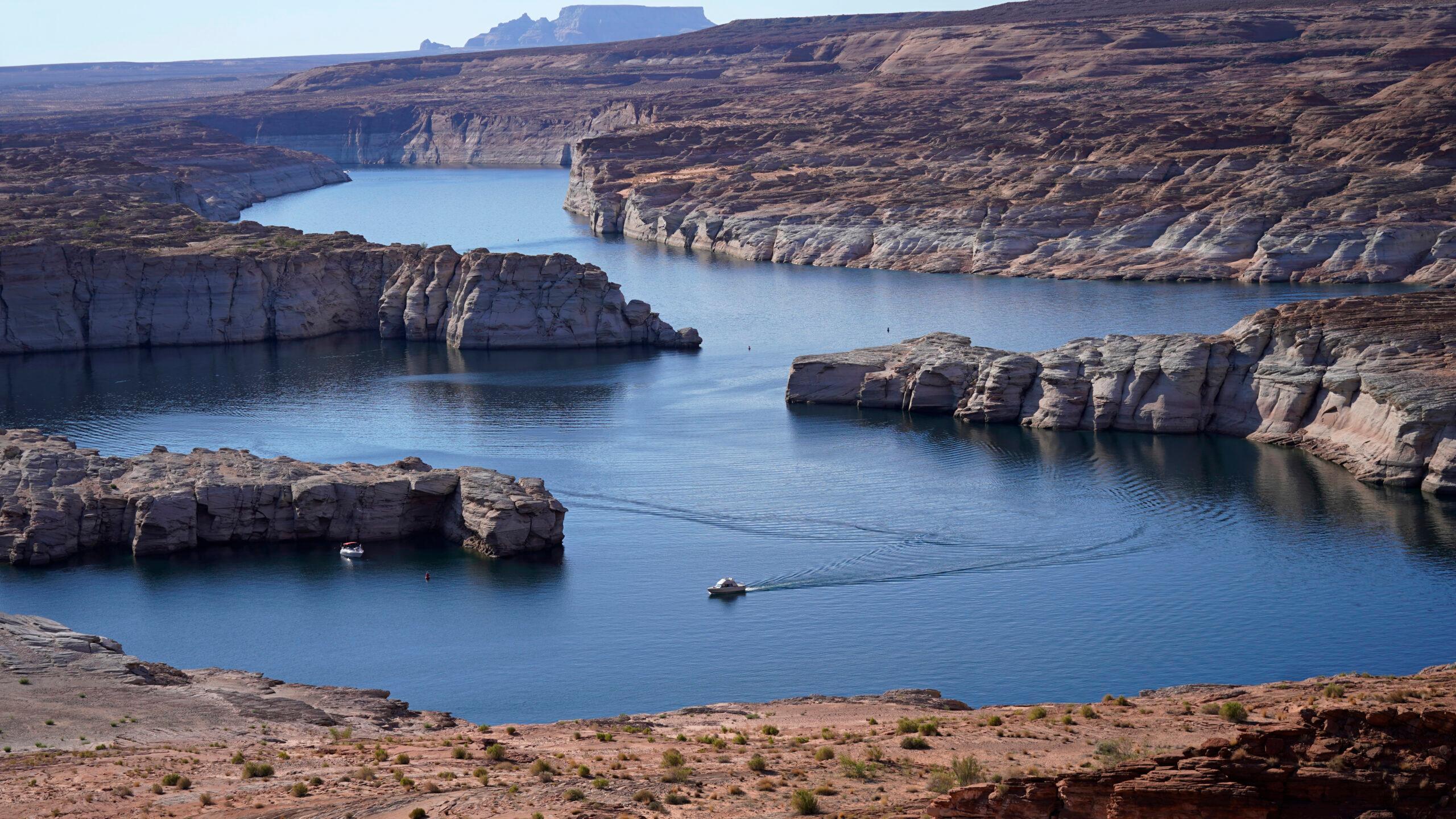
Lake Powell drops below critical threshold for the first time despite state and federal attempts to avoid it
Water from Colorado’s Blue Mesa reservoir was sent to Lake Powell in the summer of 2021. It was an emergency move to help the second-largest reservoir in the U.S. keep producing hydropower.
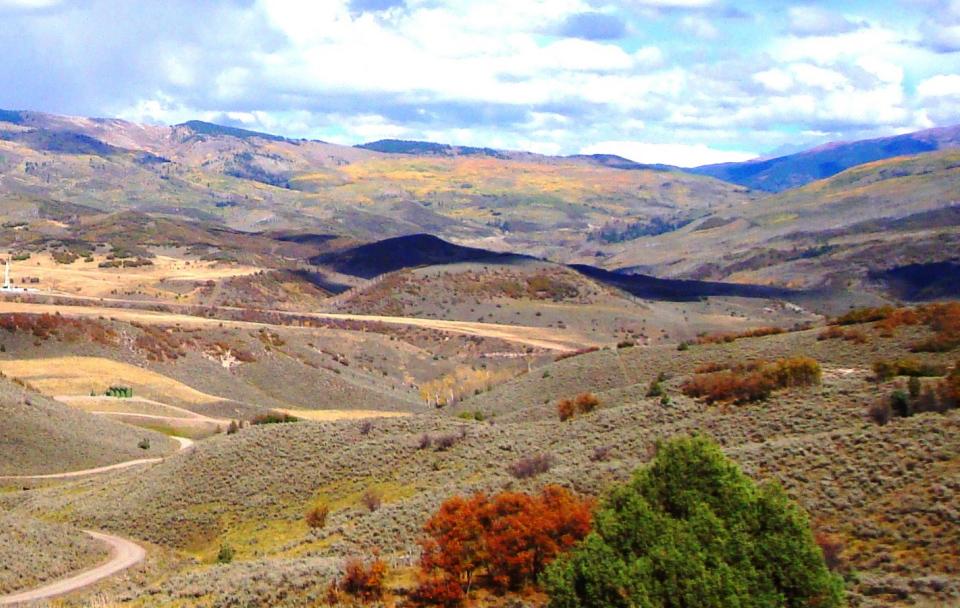
New documentary, ‘A Monolithic Folly,’ details oil and gas concerns in the North Fork Valley
Since the decline of coal in Western Colorado, towns in the North Fork Valley are transitioning their economies away from extraction. The area is a hub for organic agriculture, and tourists spend their dollars on locally grown food and wine. But some farmers and ranchers are worried new oil and gas development could threaten their way of life.
Chad Reich is a filmmaker and educator based in Crested Butte. His documentary, ‘A Monolithic Folly,’ details their concerns and is featured in the Colorado Environmental Film Festival now underway.
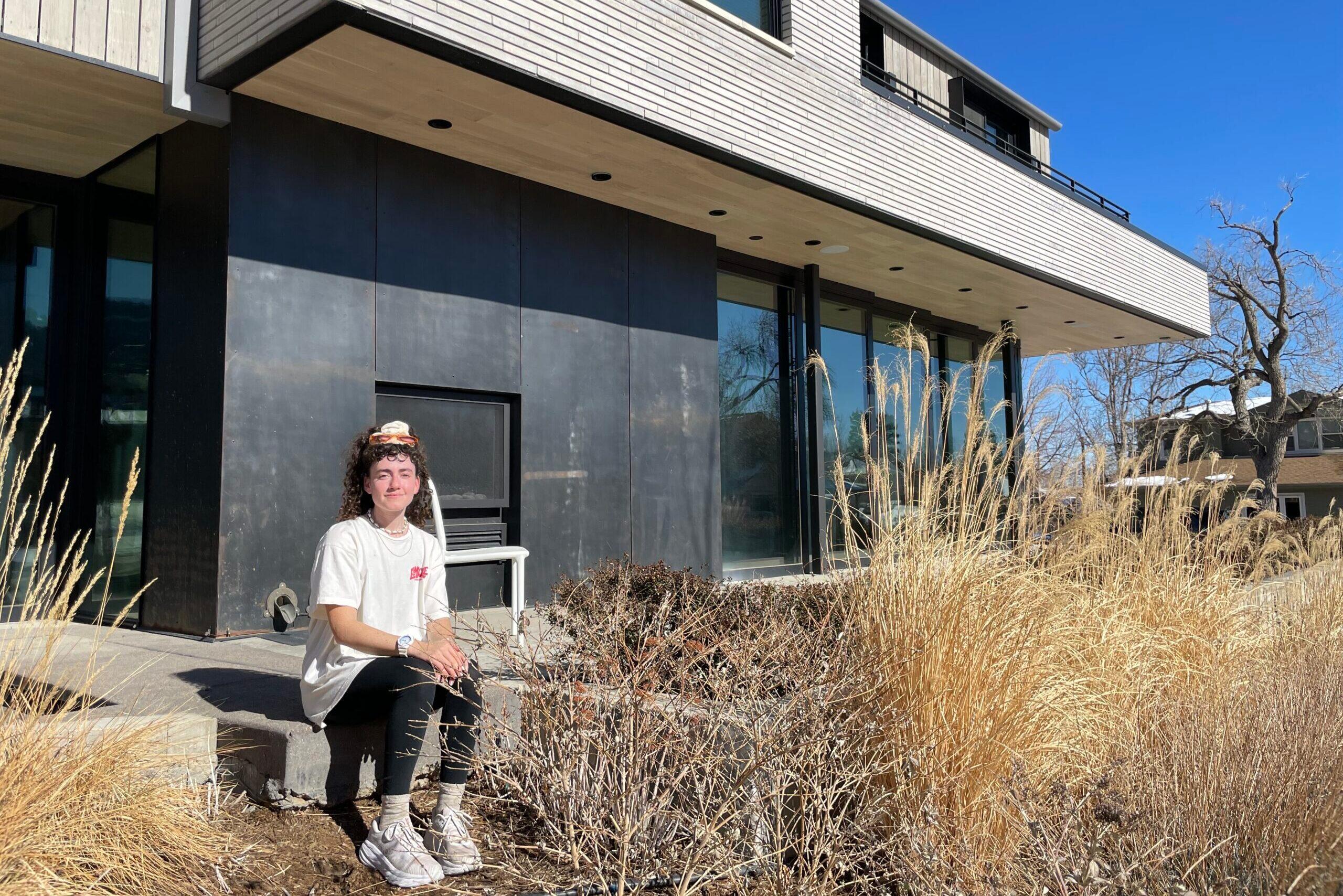
After a devastating wildfire in the ’80s, Boulder rebuilt homes differently. After the Marshall fire, Louisville and Superior might do the same
After the Black Tiger fire in 1989 destroyed more than 40 homes in Boulder County, the city issued a mandate that all wood roofs needed to be gone by 2014.
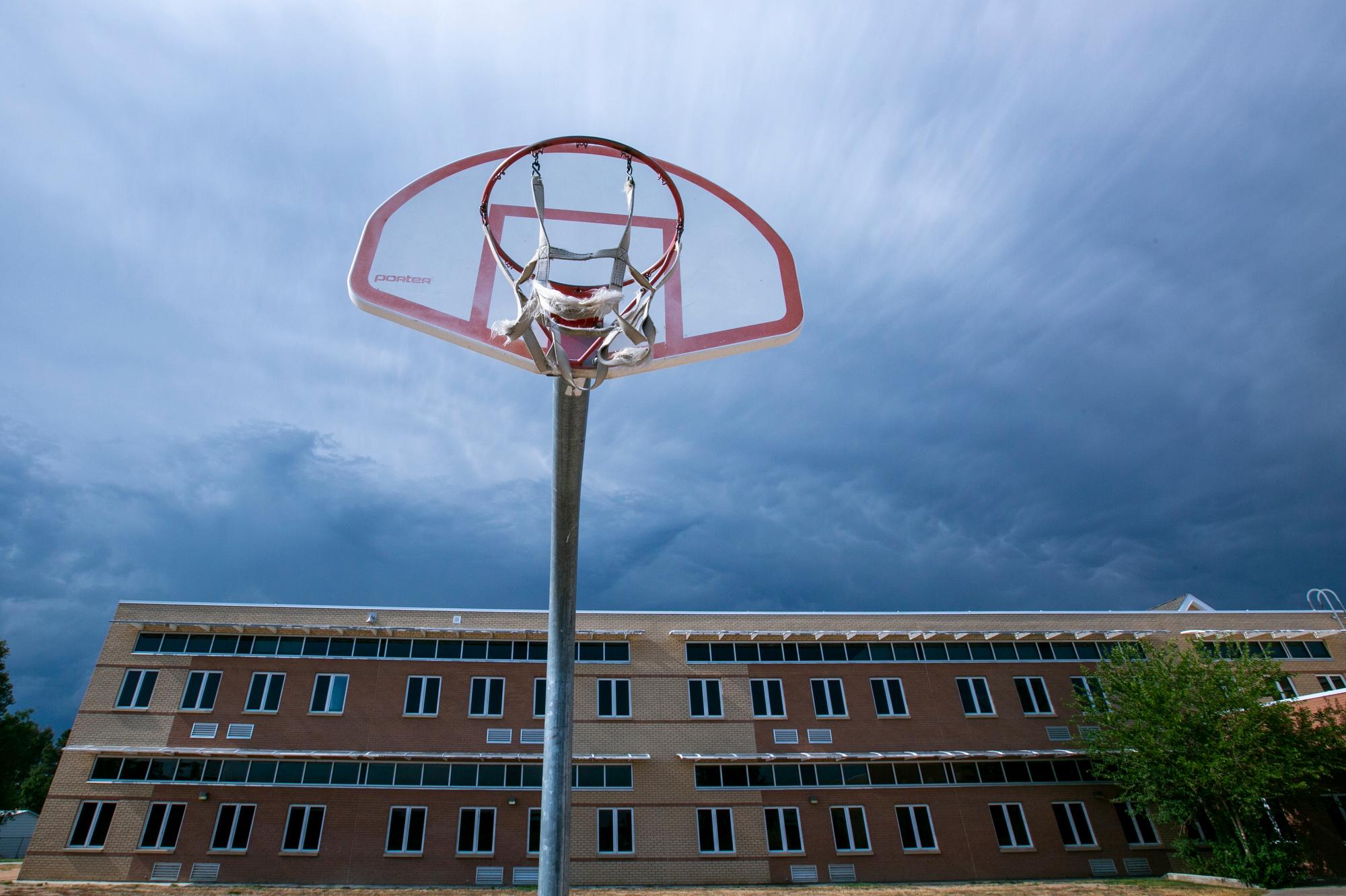
Greeley district officials reject an offer to continue air monitoring at a school where a spike in toxic chemicals was detected
The Bella Romero Academy, a Greeley 4-8 school, is less than two city blocks away from an active oil and gas pad.
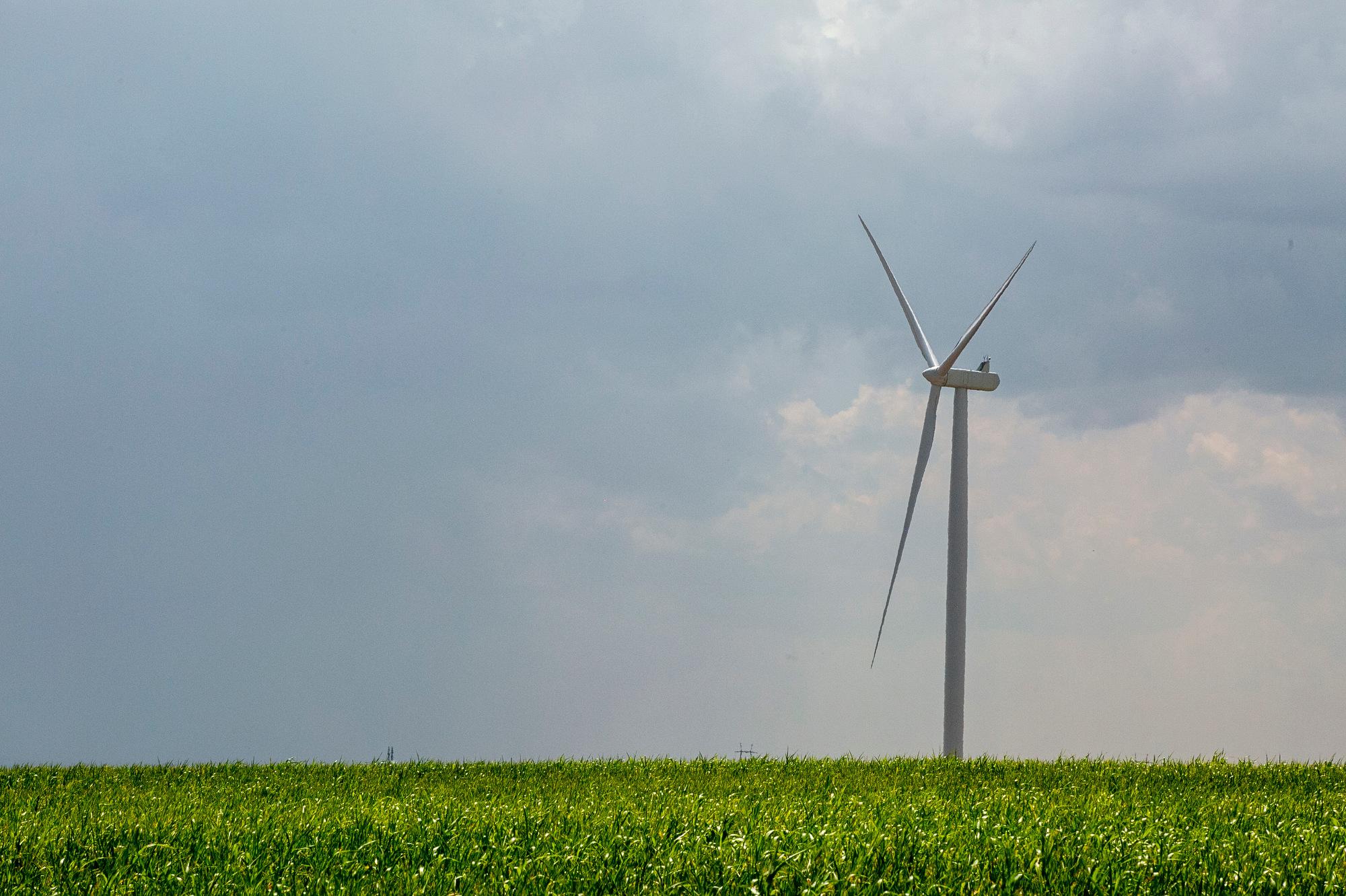
Colorado rural power utility shifts away from long-time energy provider to pursue locally-produced renewable electricity
La Plata Electric in Durango has historically purchased all of its energy from Tri-State Generations and Transmission Association. If a settlement is finalized, half of their energy will come from a new renewable power provider.
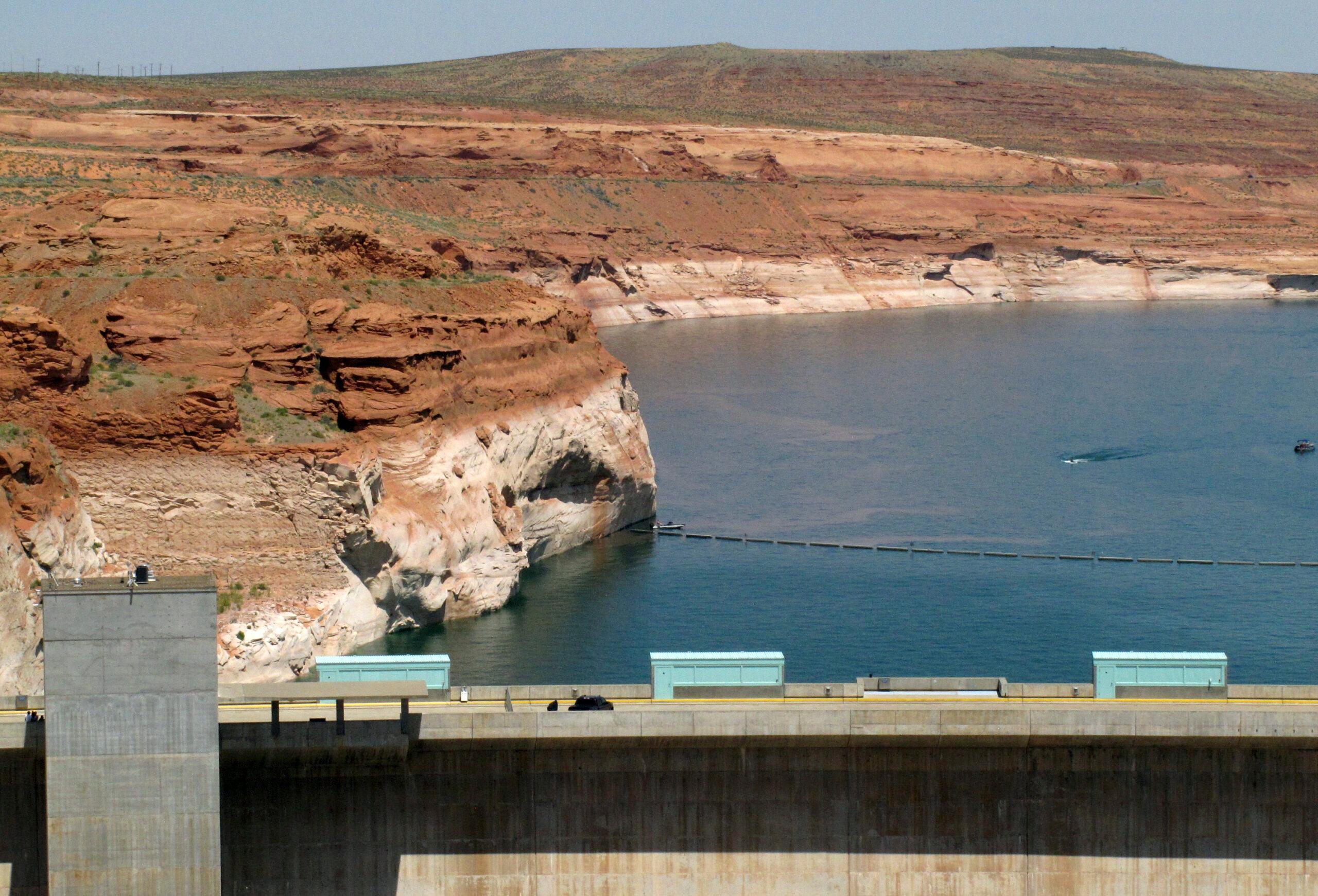
Colorado River states and feds are working on new plan to avoid another emergency water release to save Lake Powell
If the reservoir drops below 3,525 feet, it could threaten power generation and other water infrastructure and jeopardize water-sharing agreements between states.
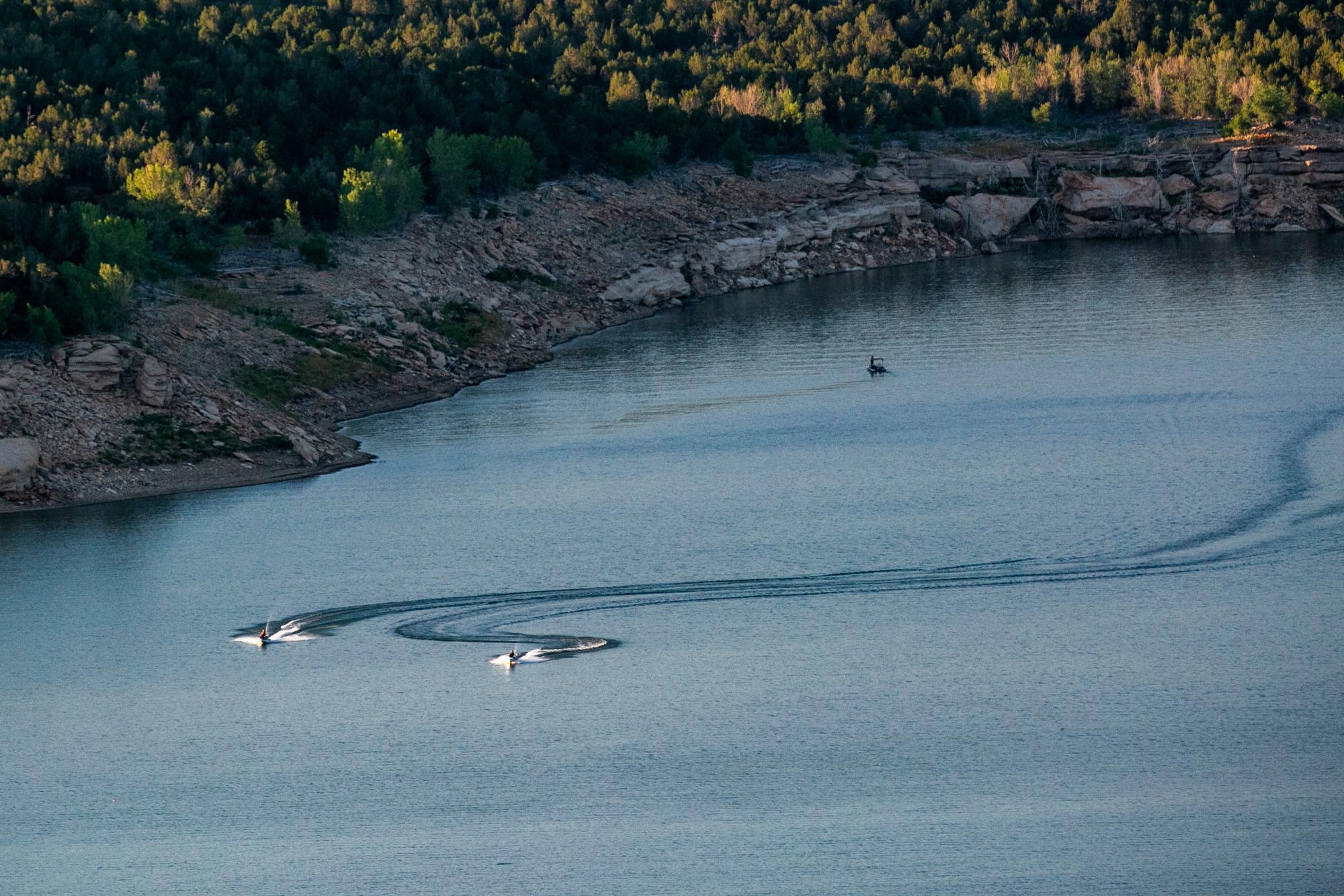
Working to keep water on tap in Colorado, from faucets to farmers’ fields
As water levels in the Colorado and Yampa Rivers fall due to growth and climate change, working to ensure there’s enough water to meet the state’s needs is taking on new urgency. Meantime, the Denver Basin Loop project may be one solution for part of the Front Range. CPR climate and environment reporter Michael Elizabeth Sakas and KRCC growth reporter Shanna Lewis share their reporting.

